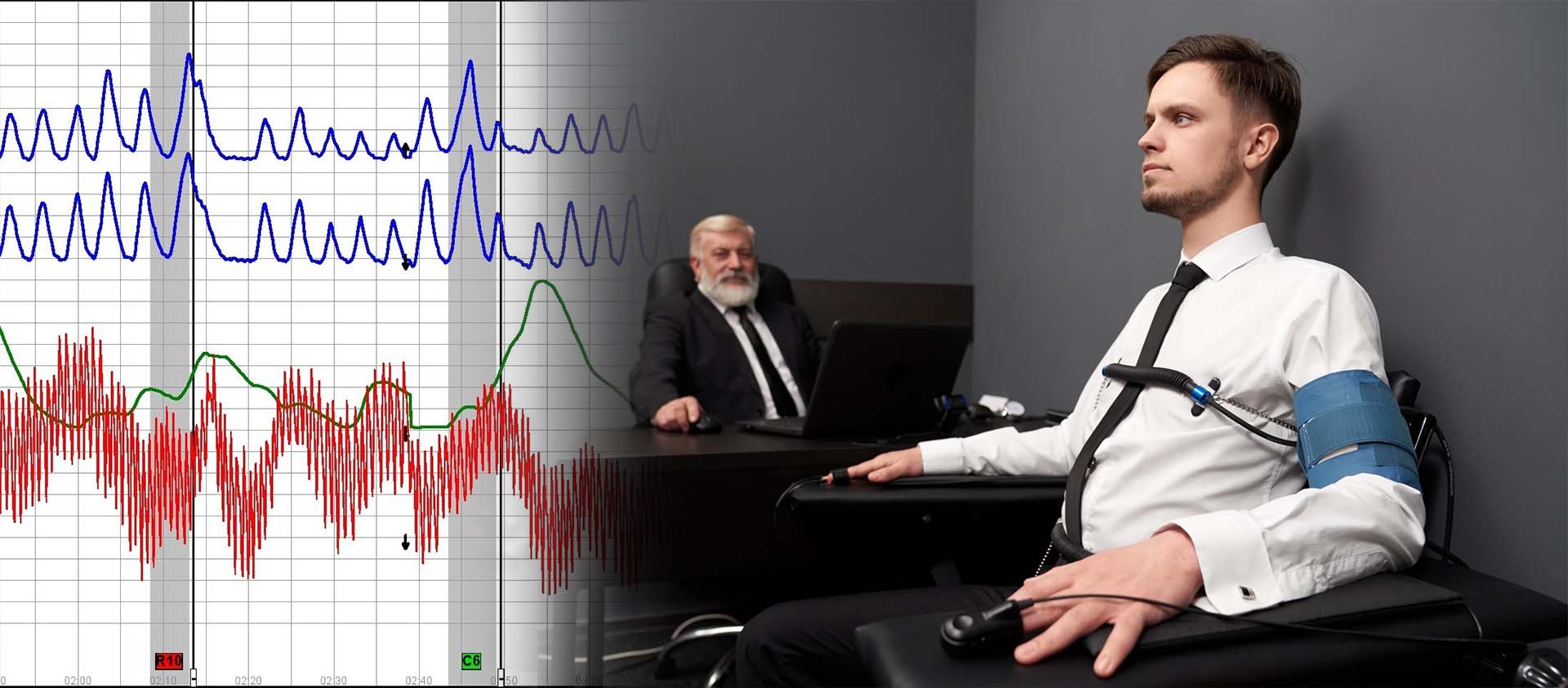Build a Django Discussion Forum: Step-by-Step Tutorial
Learn how to build a complete Django discussion forum with anonymous posting, user interactions, and...
Get instant access to the latest tech news, reviews, and programming tutorials on your device!
🔍 Search Latest International Tech News, Reviews & Programming Tutorials
Learn how to build a complete Django discussion forum with anonymous posting, user interactions, and...
These AI tools offer a range of functionalities to enhance the creative process for vloggers....
NASA astronaut Sunita Williams is returning to Earth with SpaceX’s Crew Dragon, utilizing advanced splashdown...

Discover the science and accuracy behind polygraph tests. This article explores how lie detectors work, their reliability, and the ethical concerns surrounding their use in law enforcement and employment screenings.
A polygraph test, commonly known as a lie detector test, measures physiological responses to determine if a person is being deceptive. Here’s a detailed explanation you can use for your blog article:
Polygraph technology has been around since the early 20th century, evolving as a tool for detecting deception by analyzing various physiological indicators. It’s widely used in law enforcement, criminal investigations, and employment screenings, although its accuracy and ethical implications are often debated.
Polygraph tests are based on the premise that deceptive answers will produce physiological responses that can be measured. These responses are recorded through various sensors attached to the person being tested.
Physiological Indicators Measured:
The Testing Process:
Recent developments aim to improve the accuracy and reliability of polygraph tests:
The accuracy of polygraph tests is a subject of ongoing debate. Proponents of polygraph technology claim that it can be highly accurate, with success rates often cited between 80% and 90%. However, these figures are contested by many experts who point out several factors that can influence the results:
Physiological Variability:
Test Administration:
Countermeasures:
External Influences:
The scientific community is divided on the reliability of polygraph tests. While some studies support high accuracy rates, others suggest that the margin of error is significant enough to question the test's validity in certain contexts, such as legal proceedings.
False Positives: A false positive occurs when the test indicates that a truthful person is lying. This can happen due to nervousness, misunderstanding of the questions, or other benign reasons.
False Negatives: A false negative happens when the test fails to detect deception. This might occur if the subject is particularly good at controlling their physiological responses or using countermeasures.
Due to these accuracy concerns, polygraph results are often inadmissible in court in many jurisdictions. The ethical implications of relying on a test with potential for error have led to strict guidelines on when and how polygraphs can be used, particularly in employment and criminal investigations.
Polygraph technology remains a controversial but widely used tool in detecting deception. While advancements are being made to enhance its accuracy, the debate over its reliability and ethical implications continues. Whether used in criminal investigations, employment screenings, or other fields, the polygraph test is a powerful tool that must be applied carefully and with a clear understanding of its limitations.
Comments & Discussion